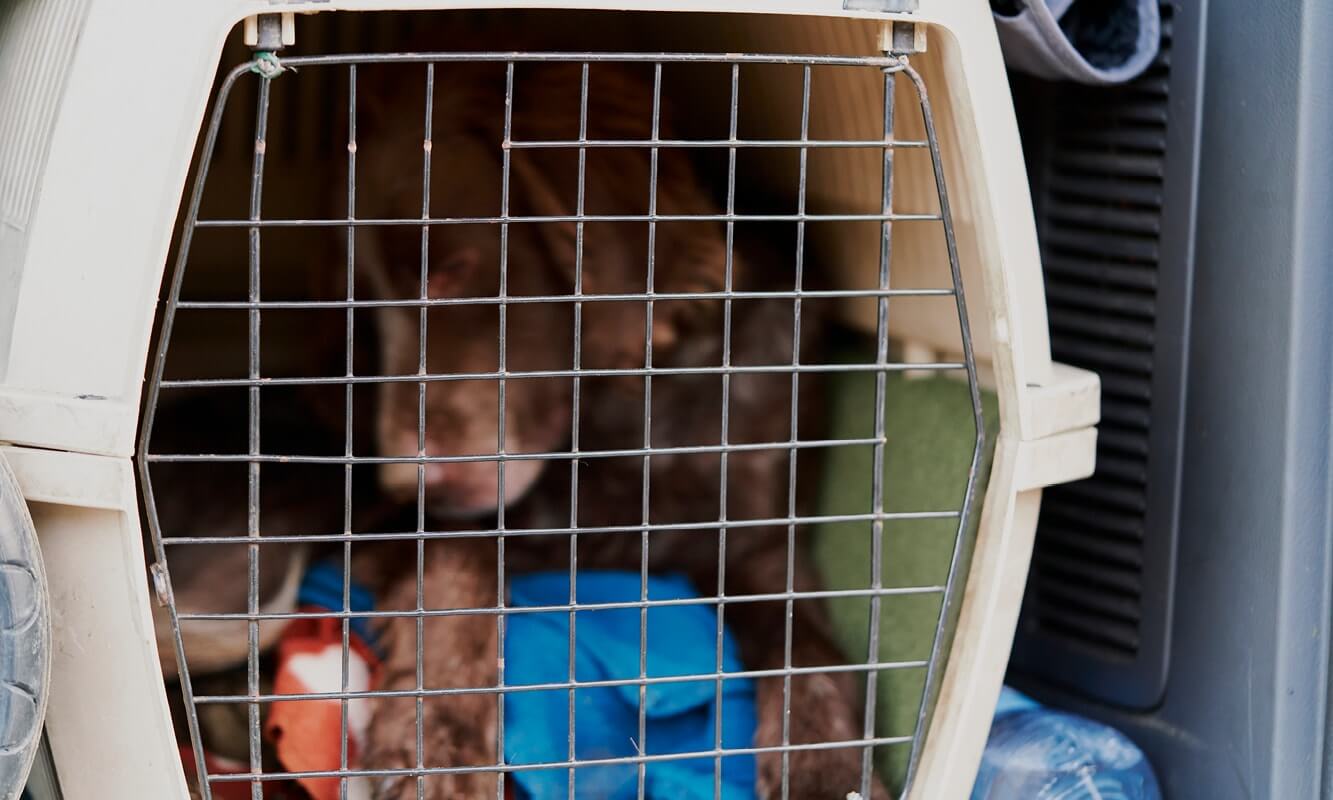Animals need to be equally considered as victims of domestic and family violence (DFV), an RSPCA webinar audience was told last week.
Thursday’s online event, Shine a light on the shadows: The animal victims of domestic and family violence (DFV) had University of Melbourne Associate Professor Kristin Diemer explain her research into the needs of, and harm to animals in the context of DFV.
Kristin, from the university’s Department of Social Work, was one of a dozen speakers last week at the animal protection group’s free, two-day seminar Through their Eyes: Strengthening our relationship with animals.
“Threat and harm to animals is a common form of coercive control of victims of family violence, and animals need to be equally considered as victims,” she said.
“We can never fully or adequately address the needs of human survivors of violence unless we pay attention to the needs of the animals in their lives.”
Kristin said animal cruelty was one of the most significant indicators of dangerous perpetrators, and the risk to both humans and animals was under-recognised.
“Animals as indicators of threats of harm to the humans are as much the victims as the women and children,” she said.
“Animals can be severely harmed or killed in the context of domestic violence and also used as a significant mechanism of control.”
She said the impacts of DFV on animals could be immediate, such as injury or trauma, or more long term such as veterinary care, housing insecurity, being surrendered or fostered, and separation from family.

“What we’d like to see if animals to have their own rights and to be automatically considered on protection orders,” she said.
“That can happen in each state – a court or a magistrate can put animals on a protection order to say that the perpetrator is to stay away from the animals and/or the other family members.
“It gets complicated by animal ownership laws and often the animals are registered in the name of the perpetrator, even if he’s not the primary carer of the animal.
“There’s this complicated process where the victim survivors have to go through a civil court process to transfer the ownership into their names or they could be taken to court for having stolen the animals if they take them to protect them because they think they are a threat of harm.
“So that whole legal issue really needs to be untangled.”
She added that family violence risk assessments by police needed to properly consider animals, and that threats of harm to animals should be added as a lethality factor alongside weapons or strangulation.
Kristen is the chair of Lucy’s Project, an education and awareness charity which focuses on the connection between animal abuse and domestic violence.
She spoke of the need for informed and resourced animal refuges for surrendered animals, emergency funds for victim survivors with animals, and specialist knowledge in areas such as companion animal registration, microchipping, and veterinary services.
“We don’t expect everyone to be a DFV practitioner but we would like there to be a greater pool of people who can recognise and respond in a safe way, and refer people and animals to services that are experienced in DFV,” she said.
“Increasingly, as women and children ask for help for domestic and family violence, they also ask for help for their animals and (there is) increased evidence that women and children will not be leaving domestic violence situations unless they have support for their animals.
“We need to listen to her, believe her and support her and the children in knowing how to also bring the animals into that family. The animals can then be the source of healing and ongoing connection.”
Kristin said there also needed to be ways for victim survivors to safely visit animals placed in temporary care.
“There can be quite extenuating circumstances of perpetrators tracking women through their animals, like through microchipping of animals and then tracking victim survivors to where they’re living, so we have to be aware of how that animal can be used to locate and further harm both the animals and the humans,” she said.
She said infrastructure to support, transport, house or agist larger animals, such as horses, also needed to be provided.
“Those situations are often considered special circumstances, even though rural and regional women make up a significant proportion of abuse survivors,” she said.
“We also rarely consider the generational and emotional connection to being on the farm. Walking away for safety from domestic violence is easier said than done and linked with an animal way of life, it can be much more difficult to leave.
“As one woman said ‘I couldn’t just pack my bags and leave them to their fate. I would have to live with myself and I couldn’t do that. They were my pets, my family members’.”
Shine a light on the shadows: The animal victims of domestic and family violence (DFV) is available to watch online here.













Share this article